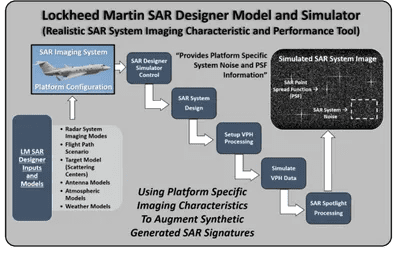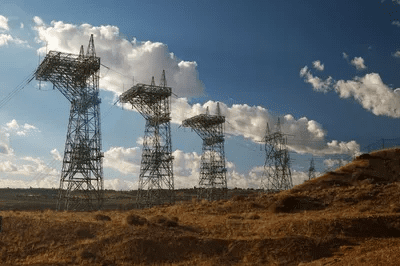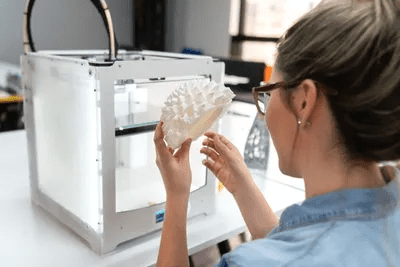Tomorrow’s Transformations: Research & Development Projects
Exploring innovative emerging technologies.
PSG actively participates in Small Business Innovation Research (SBIR) projects dealing with complex system-of-systems engineering and data science. Our focus is on modeling and simulation of complex system performance, artificial intelligence and machine learning applied to sensor data, and innovative analytics for creating or exploiting sensor products. PSG also engages with academia at universities through collaboration with the SenSIP research consortium, as well as research projects with engineering students at Arizona State University.
Small Business Innovation Research (SBIR) Projects
Virtual Reality Multi-Int Deep Learning
This 2019 Scientific Technology Transfer (STTR) topic investigated the development of a new high-fidelity modeling and simulation (M&S) framework that addresses the need for voluminous and high-quality Multi-INT training data for deep learning networks. The rationale for this work is that operationally collecting large quantities of training data is too expensive and infeasible based on costly field experiments. The focus of this effort is on multiphysics-based modeling of radio frequency (RF) signals in realistic physical and contested environments.

21st Century Grid Management – Advanced Big Data Analysis, U.S. Department of Energy
Research and development project tasked with investigating techniques for the collection, archival, management, and analysis of data – specifically, large data volumes collected from modeling and simulation applications on the electric grid.

Arizona State University Senior Capstone Projects

Additive Manufacturing
Exciting developments in the area of additive manufacturing (also known as 3D printing) enables complex and precise design of production parts. This project explores the computational aspects throughout the lifecycle of additive manufacturing, from modeling technologies that generate manufacturing requirements, to the production of advanced materials.
(Spring 2019-Fall 2020)

Predicting Residential Energy Usage Using Machine Learning
Research Questions:
- When we combine energy use with weather data, how well can we use neural networks to predict the load?
- Given time constraints for model training, does a Multilayer Perceptron model (simple neural net) perform well as a Long-Short Term Memory model (recurrent neural net) at this task?
- How well can we use these models to predict individual household energy usage, given the identification of its closest profile?
Why?
- This research can inform us on the applicability of machine learning neural networks for electric load prediction at a granular level
- We can gain a more accurate understanding of the uncertainty of our forecasts by working at the granular level
- We can compare and aggregate forecasting models to gain a better understanding of uncertainty
- Next step would be to design the granular prediction system – either aggregated across the profile of interest, or for individual households,
- more accurate forecasting informed by granularity of data
(Fall 2018 – Spring 2019)

Economic Impact Analysis Modeling & Simulation
We can perform studies on electric grids through technical modeling and simulation, but what are the financial implications of these results? The objective of this project is to implement a technique for studying the projected cash flow of simulations and analysis by using a tool from National Renewable Energy Laboratory (NREL) called System Advisor Model (SAM).
(Fall 2018-Spring 2019)

Modeling and Simulation, Graph Databases, and Augmented Reality
Two senior capstone teams at ASU CIDSE, from both Computer Science and Industrial Engineering curriculum, were drawn together in this project. The students were tasked with investigating the requirements of an Air Force Pilot Training program through a modeling and simulation activity, and then visualizing the simulation through an augmented reality platform. The students crafted a logical scenario in the AnyLogic simulation software, output the results into a neo4j graph database, and created a visualization of the scenario through the Microsoft HoloLens.
(Spring 2017-Fall 2018)

Systems Engineering and Artificial Intelligence
This project developed an agile lifecycle approach for collecting, manipulating, and evaluating data results of a Convolutional Neural Network (CNN) applied to image segmentation and classification. Students successfully completed objectives including:
- Research deep learning CNN tools and agile development approaches
- Develop an agile project management approach to image segmentation
- Collect and manipulate electro-optical 4-band multispectral imagery data
- Develop and test the CNN software for image classification
- Optimize the system through multiple iterations of performance testing
- Document processes & procedures for PSG reusability of project outputs
(Fall 2017-Spring 2018)
